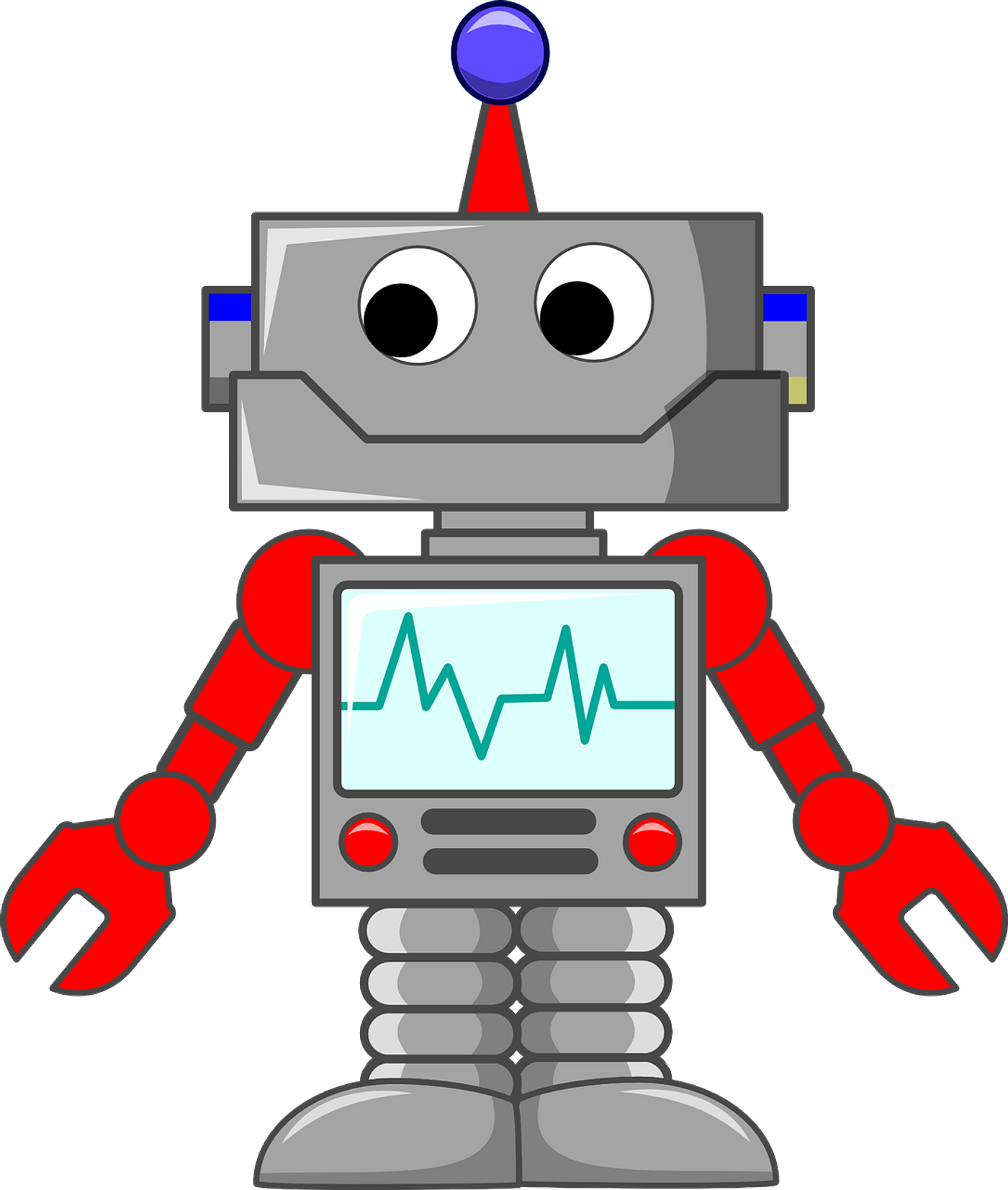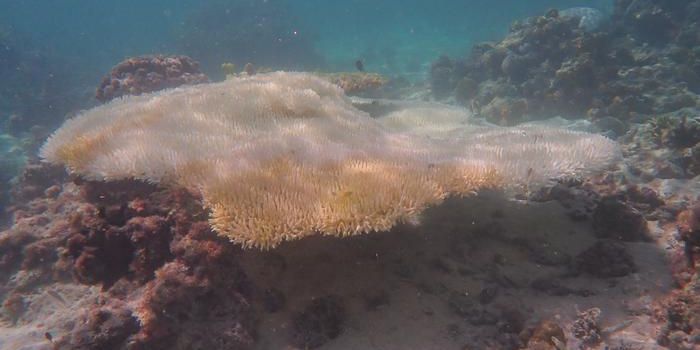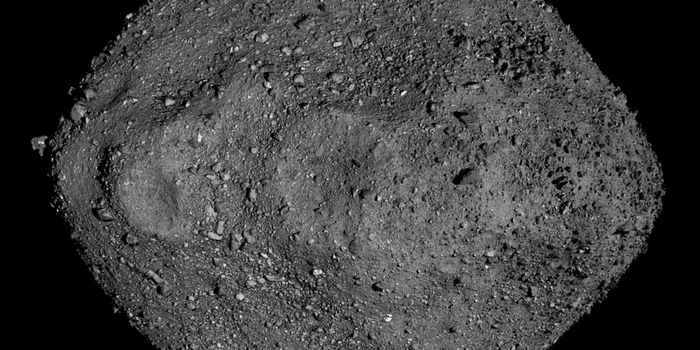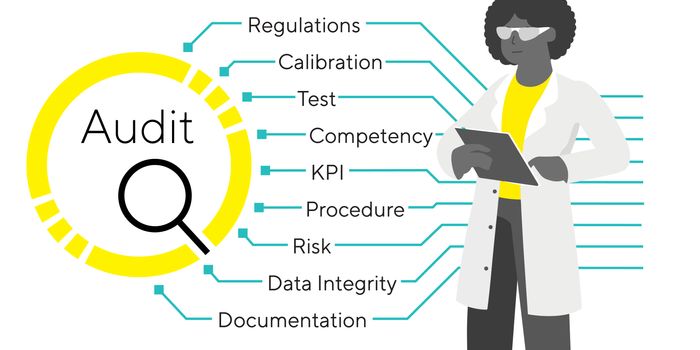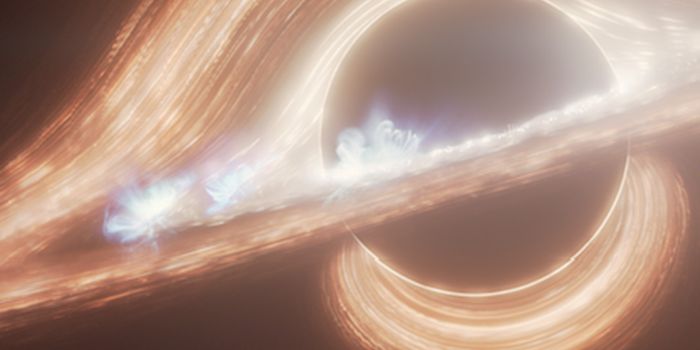Researchers Develop Self-Healing Robots
In a recent study published in Science Advances, a team of researchers at Cornell University have developed what’s known as a soft robot that can identify when it’s damaged and then perform its own self-healing. This study holds the potential to improve the autonomy of highly functioning robots meant to perform long-term tasks.
"Our lab is always trying to make robots more enduring and agile, so they operate longer with more capabilities," said Dr. Rob Shepherd, who is an associate professor of mechanical and aerospace engineering at Cornell, and a co-author on the study. "If you make robots operate for a long time, they're going to accumulate damage. And so how can we allow them to repair or deal with that damage?"
For the study, the researchers utilized a novel technique that uses a combination of fiber-optic sensors and LED lights that can detect small changes on the robot’s surface. This technique, which is dubbed SHeaLDS (self-healing light guides for dynamic sensing) allows the robot to identify when it’s damaged and fix itself without outside help.
To carry out the capabilities of SHeaLDS, the researchers installed this new technology in a four-legged starfish-shaped robot, along with feedback control. The team punctured one of the robot’s legs six times, which the robot not only successfully identified, but was able to self-heal each cut within one minute of taking the damage. The robot also possessed the ability to adapt to its walk based on the damage it sensed.
This study demonstrated that while the material used is sturdy, it is still very fragile.
"They have similar properties to human flesh," Shepherd said. "You don't heal well from burning, or from things with acid or heat, because that will change the chemical properties. But we can do a good job of healing from cuts."
For next steps, Dr. Shepherd has the goal of further advancing the technology by incorporating SHeaLDS with machine learning algorithms to ultimately produce “a very enduring robot that has a self-healing skin but uses the same skin to feel its environment to be able to do more tasks."
Sources: Science Advances
As always, keep doing science & keep looking up!
